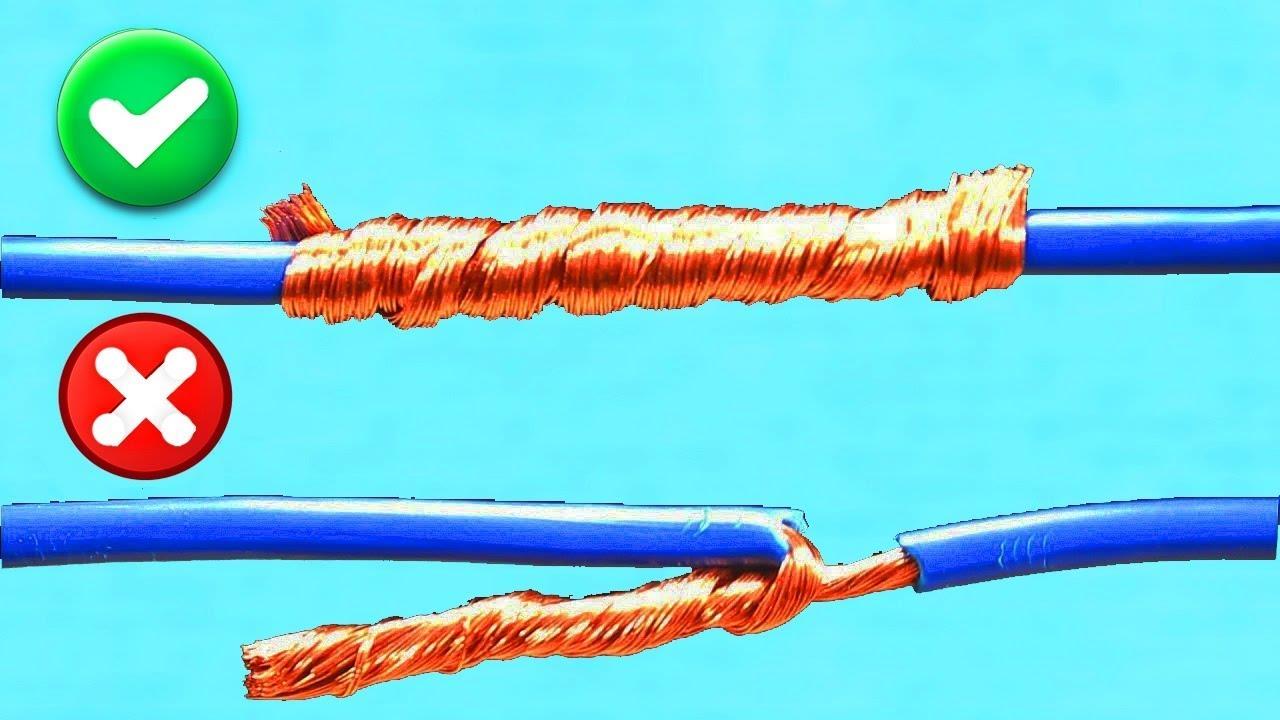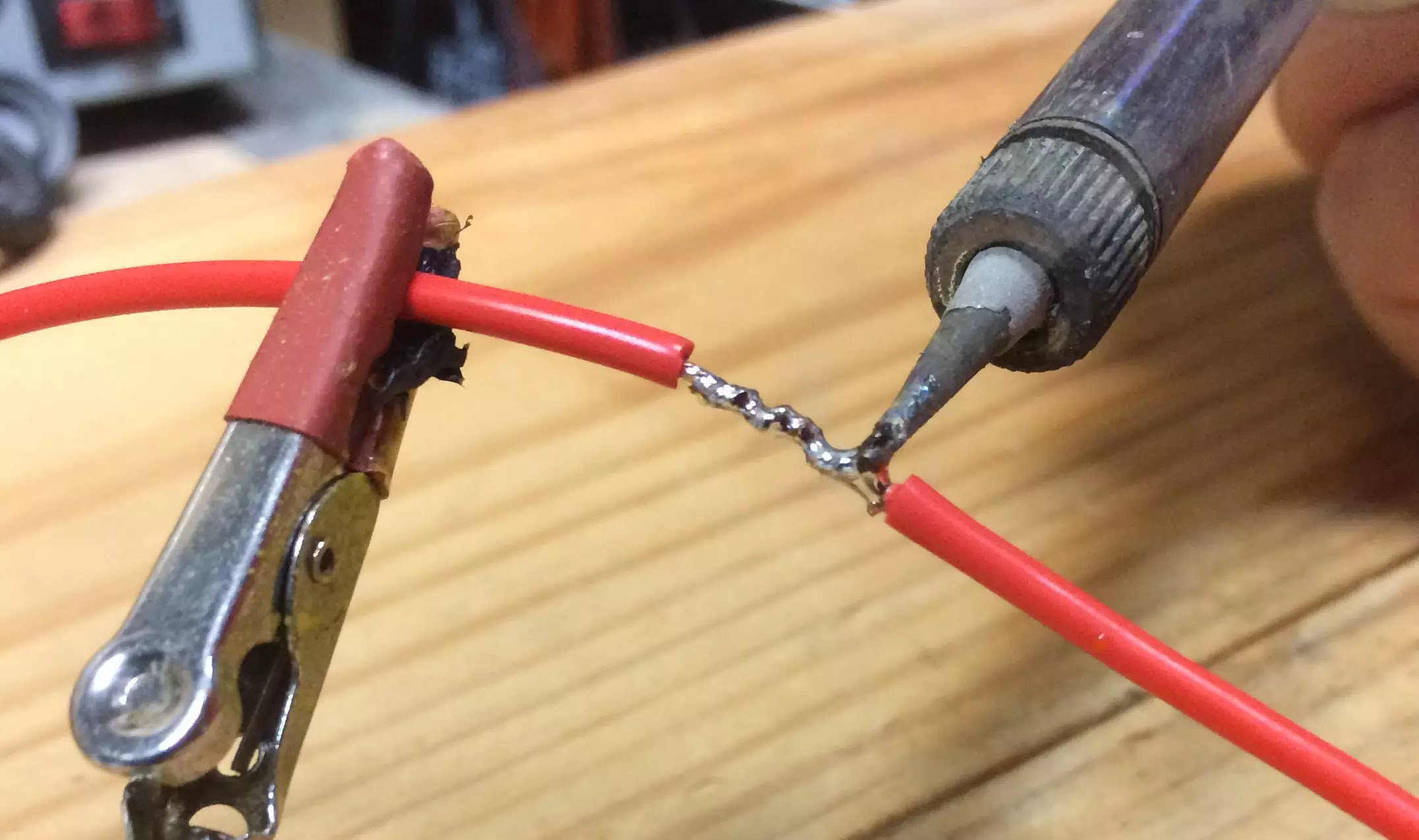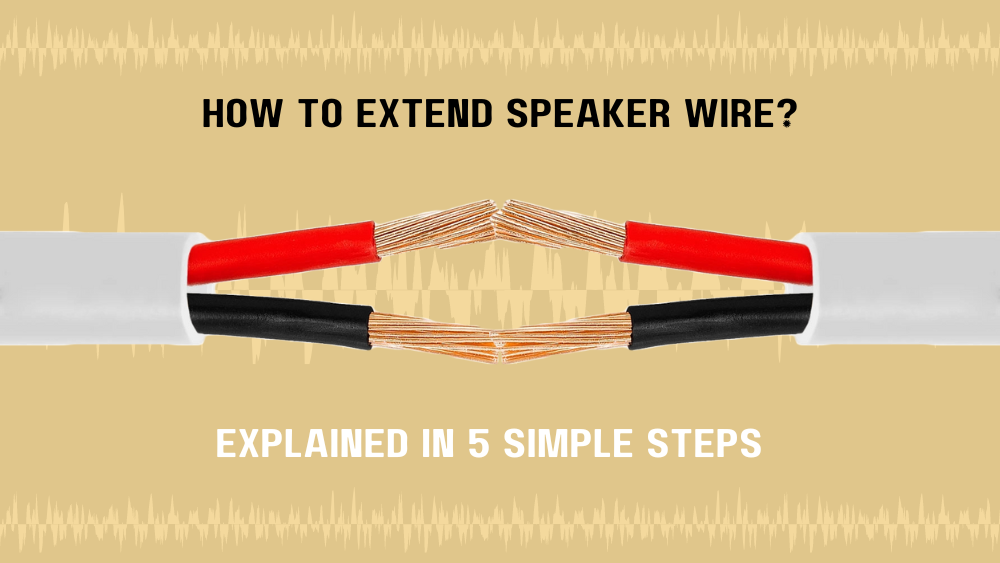How To Extend A Ground Wire

Ensuring a safe and functional electrical system often involves addressing seemingly minor details, such as the integrity of ground wires. Extending a ground wire, when necessary, is a task that demands careful consideration and adherence to established electrical codes. Improperly executed extensions can compromise the safety features designed to protect individuals and property from electrical hazards.
This article will outline the correct methods for extending ground wires, emphasizing safety protocols and code compliance. It aims to provide a clear and concise guide for homeowners and professionals alike, ensuring that electrical work is performed safely and effectively.
Understanding the Importance of Ground Wires
A ground wire provides a low-resistance path for electricity to return to the source in the event of a fault. This path allows circuit breakers to trip and interrupt the flow of electricity, preventing electrical shocks and fires. According to the National Electrical Code (NEC), grounding is crucial for electrical safety.
Ground wires are typically bare copper or green insulated wires and are connected to the grounding system of a building. The integrity of this connection is paramount for the proper functioning of safety devices.
When is it Necessary to Extend a Ground Wire?
Extending a ground wire might be required in several scenarios. These include relocating an outlet, installing a new electrical fixture, or repairing a damaged ground wire. Always ensure that the power is turned off at the breaker before commencing any electrical work.
Never attempt to extend a ground wire if you are uncomfortable working with electricity or unfamiliar with electrical codes. Consult a qualified electrician in such cases.
Approved Methods for Extending Ground Wires
There are specific methods approved by electrical codes for extending ground wires. The most common and reliable method involves using a UL-listed connector.
Using a Crimp Connector
Crimp connectors, also known as butt splices, provide a secure and permanent connection. These connectors are designed to join two wires of the same gauge. Ensure the connector is rated for the wire gauge you are using.
To use a crimp connector, strip the insulation from the ends of both the existing ground wire and the extension wire. Insert both wires into the connector and crimp tightly using a crimping tool. Always verify the connection is secure by gently pulling on both wires.
Using a Wire Nut
Wire nuts are another common method for joining wires. Choose a wire nut that is appropriately sized for the number and gauge of wires being connected. The NEC provides guidelines on appropriate wire nut usage.
Strip the insulation from the ends of the wires. Twist the wires together in a clockwise direction. Screw the wire nut onto the twisted wires, ensuring it is snug and secure. Wrap electrical tape around the base of the wire nut for added insulation and security.
Using a Grounding Block or Busbar
In situations where multiple ground wires need to be connected, a grounding block or busbar is often the best solution. These devices provide a central point for connecting multiple ground wires, ensuring a solid and reliable connection.
Grounding blocks and busbars are typically made of copper or aluminum and are mounted to a metal enclosure or panel. Each ground wire is then securely connected to the block using screws or other approved connectors. Follow the manufacturer’s instructions for proper installation.
Important Safety Considerations
Safety should always be the top priority when working with electricity. Before beginning any work, turn off the power at the circuit breaker. Use a non-contact voltage tester to confirm the power is off.
Wear appropriate personal protective equipment (PPE), such as safety glasses and insulated gloves. Never work in damp or wet conditions.
Code Compliance and Inspections
All electrical work should comply with the current edition of the National Electrical Code (NEC) and any local amendments. Improperly installed ground wires can result in failed inspections and potential safety hazards.
It is often advisable to have electrical work inspected by a qualified electrical inspector to ensure compliance with codes and regulations. This can provide peace of mind and help prevent future problems.
Potential Consequences of Improper Grounding
Insufficient or improperly extended ground wires can have serious consequences. These include increased risk of electrical shock, fire hazards, and damage to electronic equipment.
A faulty ground connection can also interfere with the proper operation of surge protectors and other safety devices. Always ensure that ground wires are properly installed and maintained.
Conclusion
Extending a ground wire is a task that must be approached with caution and precision. By following the approved methods outlined in this article and adhering to all applicable electrical codes, you can ensure the safety and reliability of your electrical system.
When in doubt, always consult with a qualified electrician. Their expertise can help you avoid costly mistakes and ensure that your electrical work is performed safely and correctly. Remember that electrical safety is paramount, and shortcuts can have devastating consequences.





:max_bytes(150000):strip_icc()/how-to-splice-electrical-wire-1821560_07_wire_connection_1432-a1ee3a6ac9574de7bfbae6cc58072fa5.jpg?strip=all)

:max_bytes(150000):strip_icc()/how-to-install-junction-boxes-1152327-04-c5e97f7de3004d16810d143acea1f80a.jpg)










